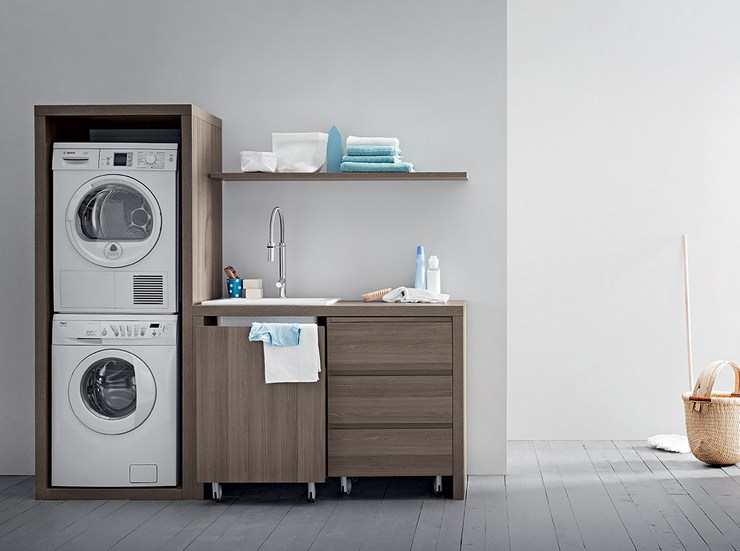
A dryer is a valuable appliance that simplifies the laundry process by efficiently drying your clothes. However, like any other machine, dryers can experience issues over time. Understanding the main components of a dryer and its potential problems can help you identify and address issues promptly. In this article, we will provide an overview of the key components of a dryer and discuss some common problems you may encounter.